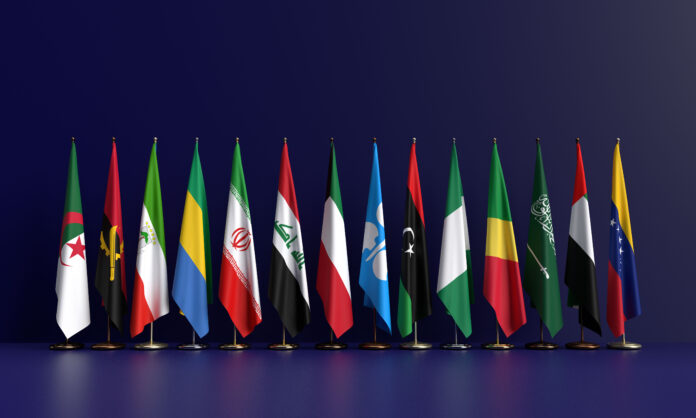The BRICS group, once a loose coalition of emerging markets, has evolved into a geopolitical force that increasingly challenges Western dominance in global finance and trade. With the recent expansion to include Saudi Arabia, Egypt, the United Arab Emirates, Iran, and Ethiopia, BRICS now represents more than 40 percent of the world’s population and over a quarter of global GDP. More significantly, the bloc is no longer just symbolic. It is setting the stage for real shifts in how global capital flows, who controls financial infrastructure, and which currencies hold power.
For decades, the U.S. dollar has been the bedrock of international trade, reserves, and borrowing. From oil transactions to sovereign debt and SWIFT-based payments, the dollar’s dominance has underpinned American influence. But cracks are emerging. China and Russia, both BRICS members, have openly pursued de-dollarization strategies. Trade between BRICS countries is increasingly settled in local currencies. The idea of a shared BRICS digital currency, while still distant, has entered policy discussions.
This shift is not merely ideological. It is driven by pragmatism. Sanctions on Russia, rising U.S. interest rates, and growing distrust of dollar-based systems have prompted many emerging economies to explore alternatives. For countries vulnerable to currency volatility or geopolitically motivated restrictions, a more multipolar financial system is appealing.
Sri Lanka has reasons to watch these developments closely. As a country historically reliant on dollar-denominated debt and heavily exposed to U.S. monetary policy cycles, it has experienced the downsides of a dollar-dominated world. Rising interest rates in Washington tighten global liquidity and increase Sri Lanka’s debt servicing costs. Dependence on dollar- based trade also makes the economy vulnerable to external shocks.
At the same time, Sri Lanka is deepening its engagement with BRICS members. China remains a top investor and creditor. India is a vital trading partner and source of financial support. Russia has emerged as a new supplier of fuel and fertilizer, particularly during post-crisis recovery. The inclusion of Gulf nations into BRICS opens new possibilities in energy cooperation, diaspora finance, and capital investment.
But engagement is not the same as alignment. Sri Lanka does not have to take sides in an emerging Cold War of currencies. What it needs is strategic flexibility. Diversifying its reserve portfolio, enabling local currency trade with trusted partners, and exploring membership or observer status in alternative institutions like the New Development Bank can offer resilience without political over commitment.
The real question is not whether the dollar will collapse, but whether the global system will evolve toward greater balance. A future in which multiple currencies play complementary roles, and where smaller nations are less exposed to the financial policies of any one superpower, could benefit countries like Sri Lanka.
Sri Lanka’s finance policymakers should not just be passive observers. The rise of BRICS as a financial bloc, and its quest for monetary alternatives, presents both risks and opportunities. By understanding the dynamics at play and positioning itself as a cooperative yet independent actor, Sri Lanka can avoid the turbulence of a bifurcating world and find strategic space in a more diversified global economy.




